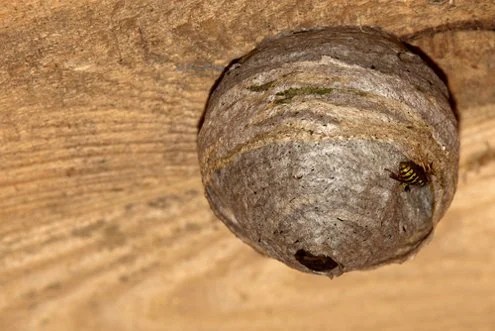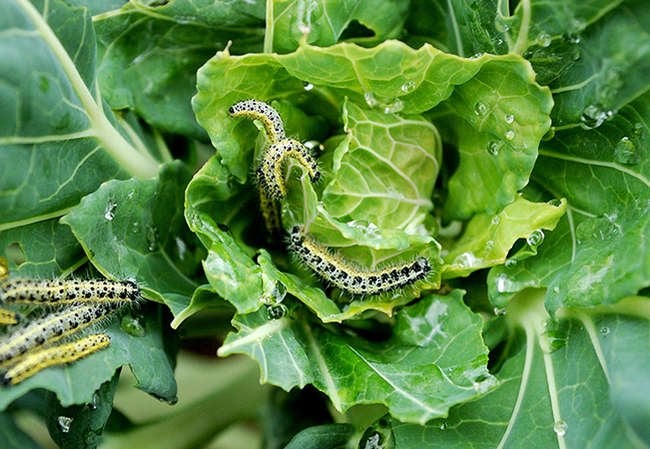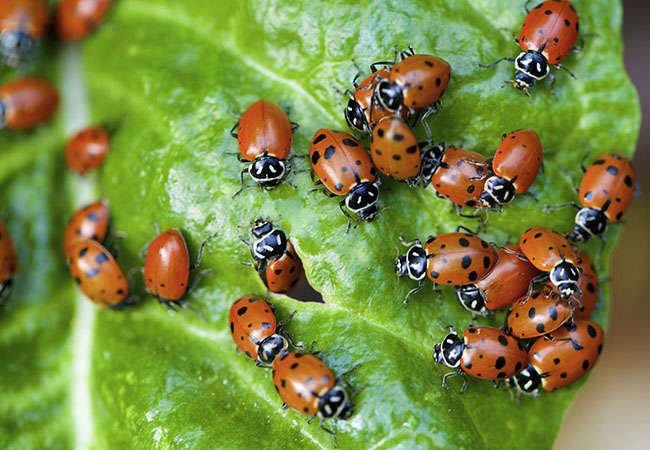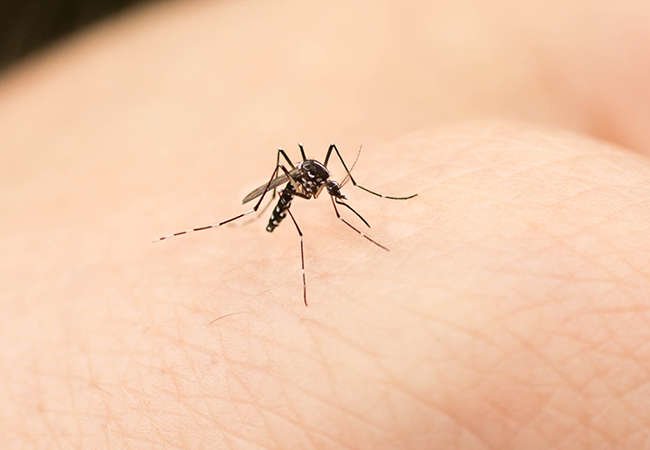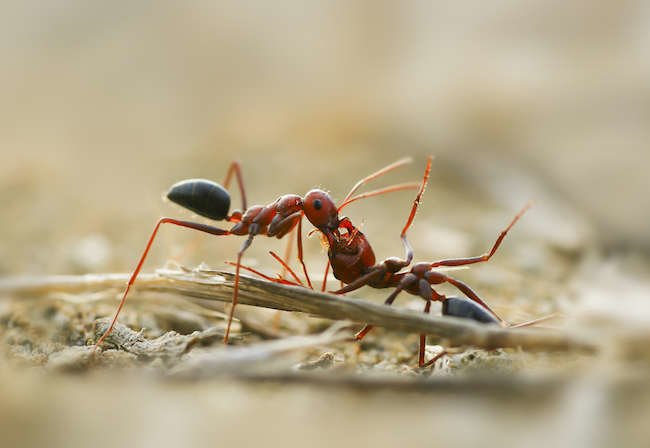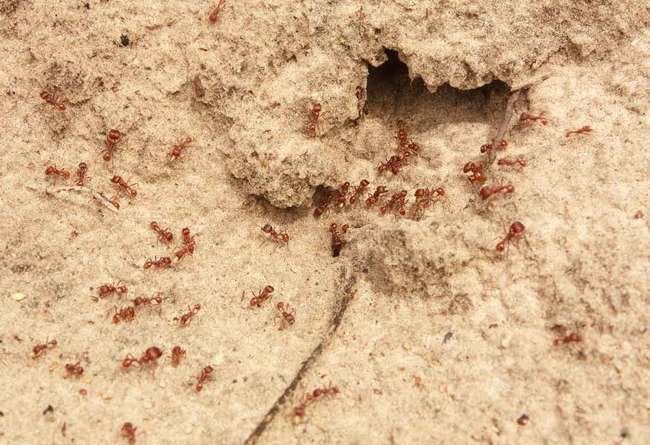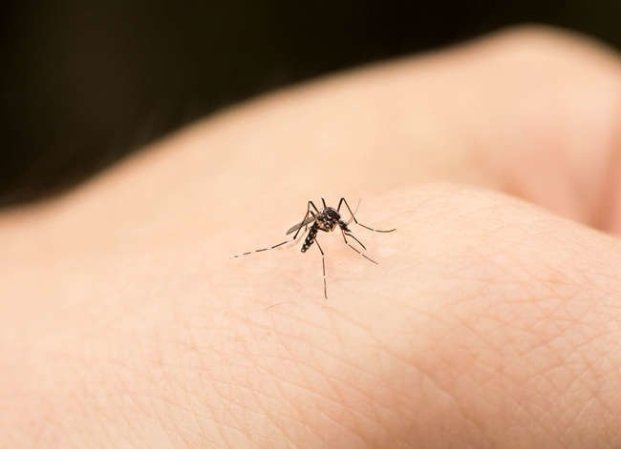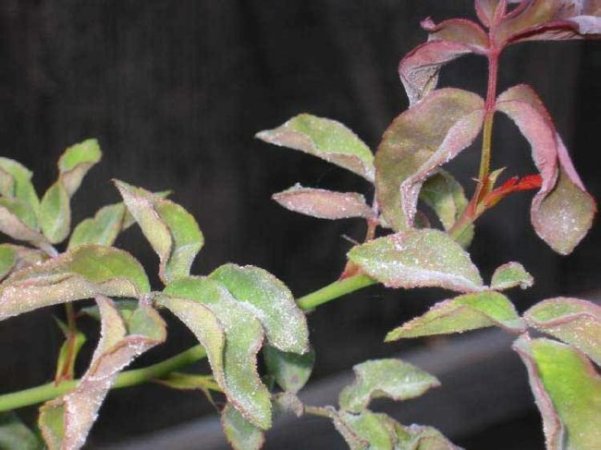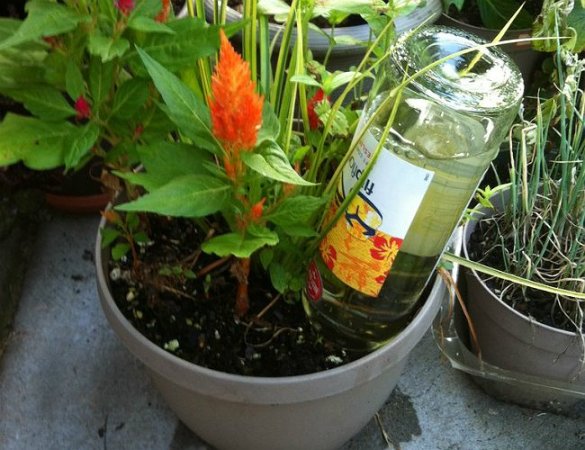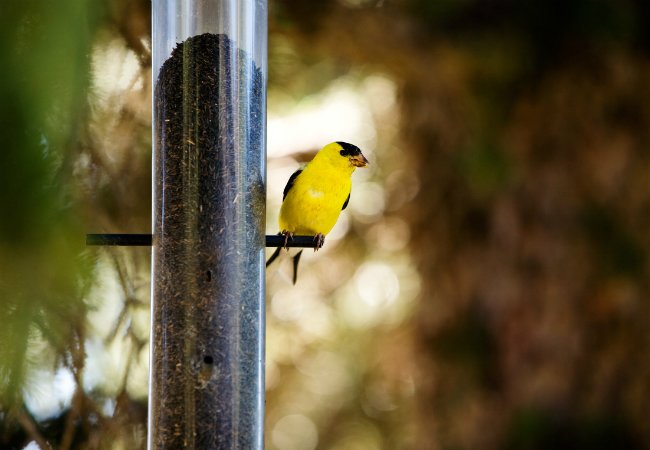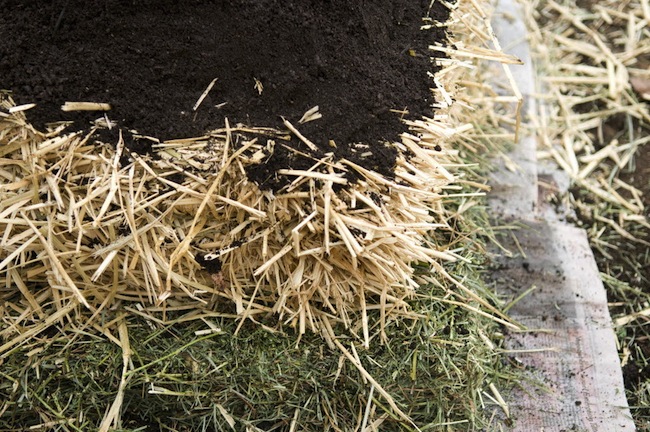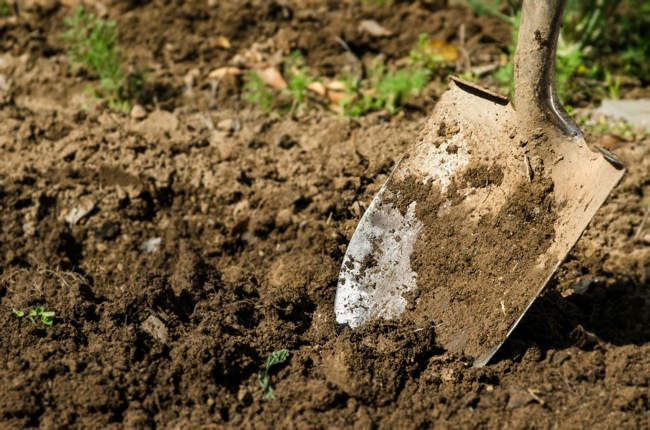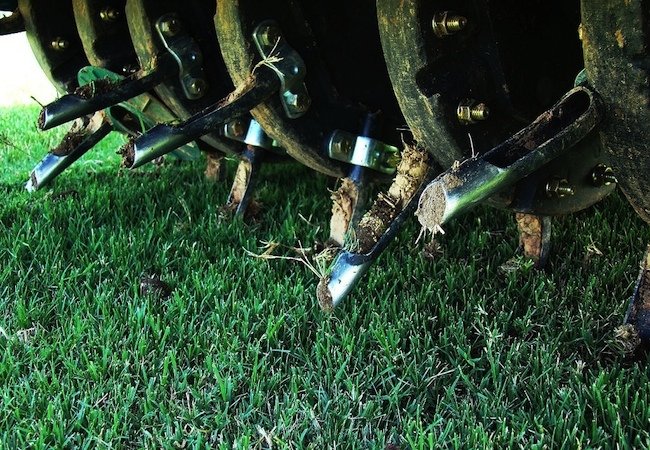We may earn revenue from the products available on this page and participate in affiliate programs. Learn More ›
Tiny, sap-sucking arachnids known as spider mites can be a problem any time of year, not only in your garden but plaguing houseplants and greenhouse plants, too. With females able to lay as many as 300 eggs every few weeks, spider mite populations can explode in a matter of days.
Telltale signs that you’ve been infested include:
- speckled leaves
- brownish webbing on the surface of leaves
Unfortunately, employing chemicals to control them can be a two-pronged problem: First, mites can develop resistance, and second, pesticides often kill such beneficial insects as ladybugs that like to feast on mites.
Instead, go with the simple techniques and non-toxic remedies outlined here for in this guide on how to get rid of spider mites.
Tools & Materials
Bobvila.com may earn a commission from purchases made through these links.

Step 1
Your plants are in trouble: Leaves may be blotchy, be-webbed, streaked with silver or gold, or turning brown and falling off. But are spider mites to blame?
These pests are less than a millimeter long, so grab a magnifying glass and inspect the underside of leaves, where they congregate. If you can’t see the culprits, place a piece of white paper under foliage and shake the leaves, then examine what falls on the sheet.
Slow-moving, eight-legged pests—red, yellow, brown, or green in color—mean you’ve got spider mites. Two-spotted spider mites, so called for the duo of dots on their backs, are deemed “particularly troublesome” by experts, but diligent treatment can curb their invasion.
Step 2
Simply wash the buggers away! Pressure-sprayed water is a surprisingly effective against spider mites, whether using a power spray from your hose outside or just a strong stream from a spray bottle on houseplants. Blast plants from below to hit the back of leaves. Then, take a clean, water-dampened sponge to wipe the backs of leaves, rinsing the sponge after each wipe by dipping it in a bucket of water.
Step 3
Prune any leaves and stems spider mites have attacked, placing the clippings in a plastic bag and putting it in the trash, not your compost (eggs can lay dormant until the perfect hatching climate arises). If the entire plant has evidence of mites, or its health seems too far-gone to bounce back, consider pulling it completely to prevent infestation from spreading to neighbors.
Step 4
Mix this all-natural, non-toxic solution that’ll banish the invaders without harming phytoseiulus persimilis, a beneficial mite that snacks on spider mites.
- ½ ounce rosemary essential oil
- 1 quart tap water
- 1 teaspoon of lemon-scented liquid dish soap
A soap-and-water combo is often used as a repellent on its own, but rosemary oil helps emulsify the solution, making it easier to spray.
Combine all ingredients in a jug, shake well, and fill a spray bottle. Shake thoroughly before use, spraying plants either early or late in the day, avoiding the hottest periods. Spray plants (and surrounding soil) daily for at least four days, then on alternate days for two weeks. Once you’ve got the situation thoroughly under control, continue spraying once a week to keep plants healthy.
Step 5
For outdoor plants, consider introducing predatory mites, ladybugs, lacewings, and other beneficial insects (find them online or at nurseries) once you’ve gotten the problem in hand. They’ll eat the spider mite larvae, mite adults, and all mites in between that try to muscle in on your restored territory. You may also want to put in companion planting, interspersing Chinese parsley, chives, dill, chrysanthemums, garlic, and onion throughout your garden to repel spider mites.
Step 6
When plants are stressed, they’re more prone to invasion by spider mites and other opportunistic feeders. So keep them watered per their needs and ensure excess water drains well. Use nutrient-rich soil and vary feeding accordingly as seasons change. Be sure plants have the right light conditions for their species. Then be vigilant, inspecting for early signs of infestation and doing what it takes to nip it in the bud.

